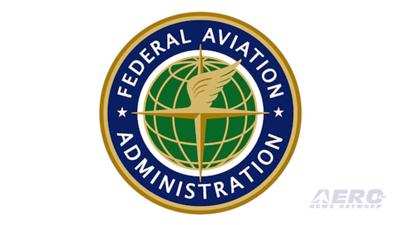Wed, Apr 12, 2023
Test Changes Effective 24 April 2023
In a recent Community Advisory, the FAA’s Airman Testing division disclosed it has been working in cooperation with its testing vendor, PSI Services, to scientifically assess existing FAA Airman Knowledge Tests.

Assessments of the Private Pilot Airplane and Commercial Pilot Airplane Knowledge Tests have been completed; the results of subject assessments are scheduled to be implemented on 24 April 2023.
While the subject matter of the aforementioned tests will not be modified, changes will be made to extant test questions for purpose of ensuring they align with current Airman Certification Standards and reference existing FAA handbooks. The assessments of the Private and Commercial Airplane tests have resulted, also, in reductions to the times allotted for completion of the exams.
Beginning Monday, 24 April, the Private Pilot Airplane test time will be reduced from 150 minutes to 120 minutes (2 hours), and the Commercial Pilot Airplane test time will be reduced from 180 minutes to 150 minutes (2.5 hours).
Additionally, five unscored validation questions will be added to each test, thereby increasing the Private Pilot test from 60 to 65 questions and the Commercial Pilot test from 100 to 105 questions. Unscored questions will not count towards the test score and have been devised and included to afford the FAA opportunity to evaluate the statistical performance of new questions prior to their inclusion in the standard bank of airman knowledge test questions.

What’s more, the FAA has published Addendum C to its Pilot’s Handbook of Aeronautical Knowledge (PHAK). The addendum addresses the National Transportation Safety Board’s Safety Recommendation A-14-109, which prevails upon the FAA to clarify PHAK content pertaining to attitude indicator pitch and bank limitations. The NTSB set forth that the PHAK should better explain that Attitude Indicators (AI) have pitch and bank indication limits, that the pitch indicating range of such instruments is required to be at least ± 25°, and that in such instances as an aircraft is operated at pitch attitudes that exceed the indicating limits of its attitude indicator, the instrument will either tumble, or lock at its pitch limit and remain so locked until the aircraft is returned to an attitude within the attitude indicator’s pitch indicating limits.
More News
He Attempted To Restart The Engine Three Times. On The Third Restart Attempt, He Noticed That Flames Were Coming Out From The Right Wing Near The Fuel Cap Analysis: The pilot repor>[...]
Make Sure You NEVER Miss A New Story From Aero-News Network Do you ever feel like you never see posts from a certain person or page on Facebook or Instagram? Here’s how you c>[...]
From 2009 (YouTube Edition): Leading Air Show Performers Give Their Best Advice for Newcomers On December 6th through December 9th, the Paris Las Vegas Hotel hosted over 1,500 air >[...]
Aero Linx: NASA ASRS ASRS captures confidential reports, analyzes the resulting aviation safety data, and disseminates vital information to the aviation community. The ASRS is an i>[...]
“For our inaugural Pylon Racing Seminar in Roswell, we were thrilled to certify 60 pilots across our six closed-course pylon race classes. Not only did this year’s PRS >[...]
 NTSB Final Report: Rutan Long-EZ
NTSB Final Report: Rutan Long-EZ ANN FAQ: Turn On Post Notifications
ANN FAQ: Turn On Post Notifications Classic Aero-TV: ICAS Perspectives - Advice for New Air Show Performers
Classic Aero-TV: ICAS Perspectives - Advice for New Air Show Performers ANN's Daily Aero-Linx (06.28.25)
ANN's Daily Aero-Linx (06.28.25) Aero-News: Quote of the Day (06.28.25)
Aero-News: Quote of the Day (06.28.25)




